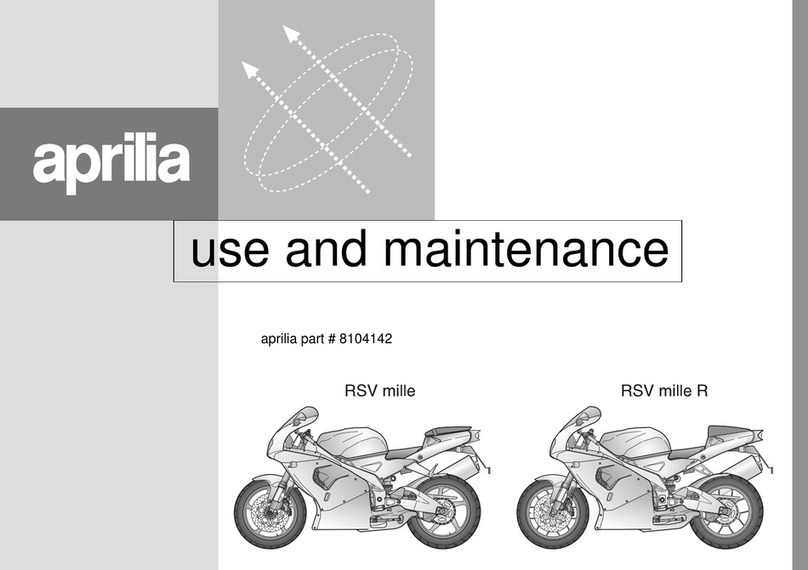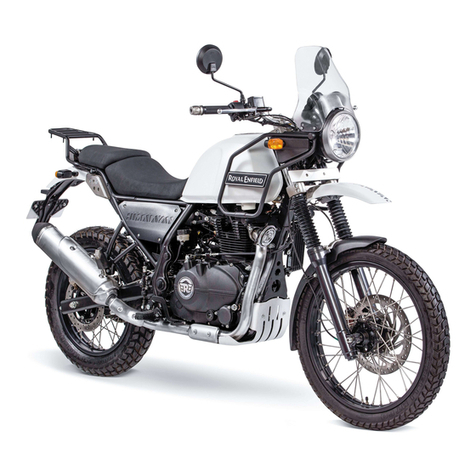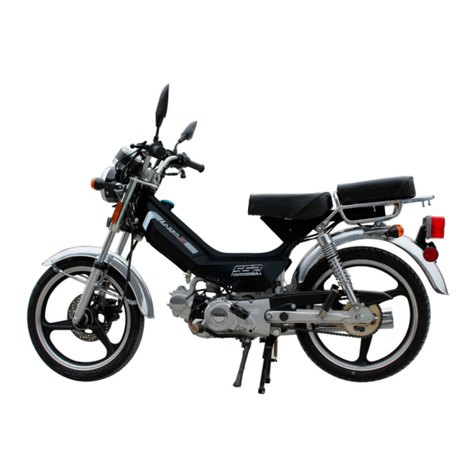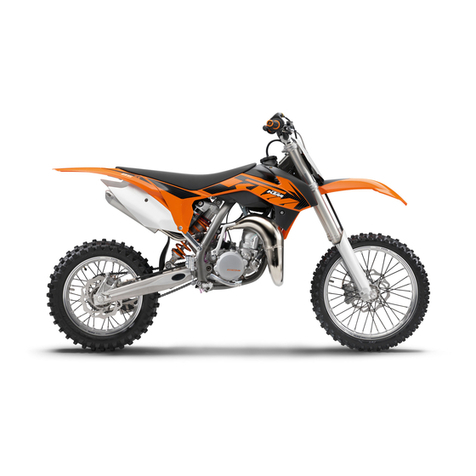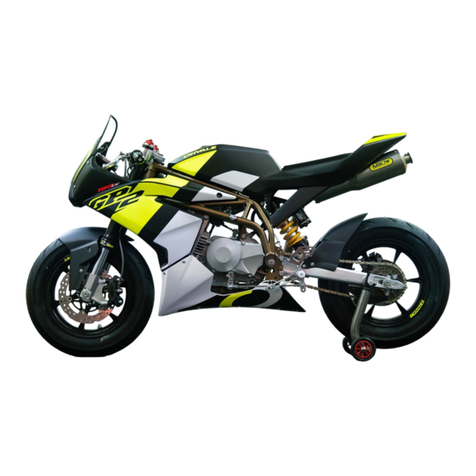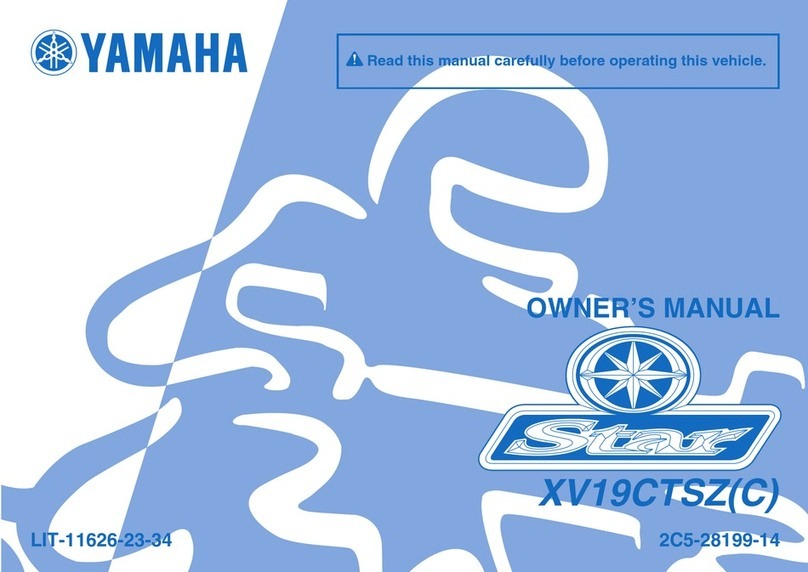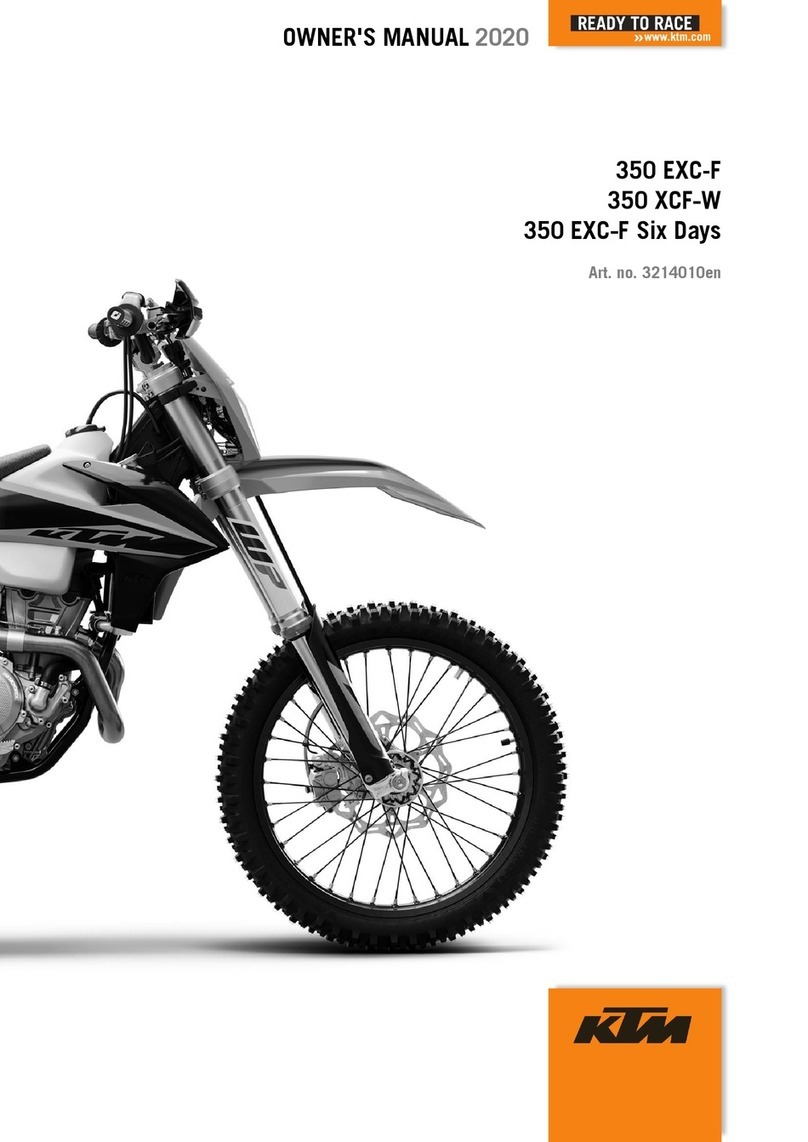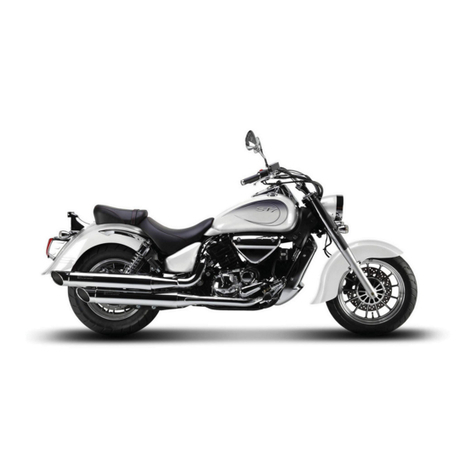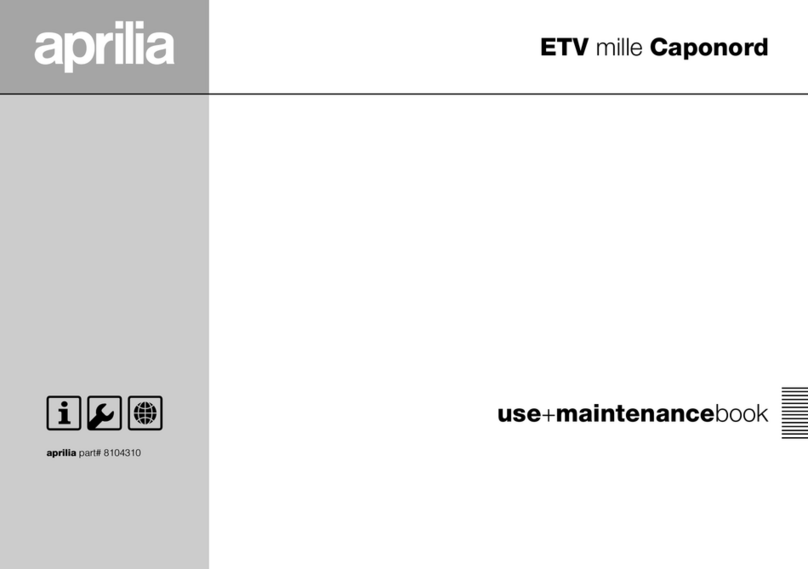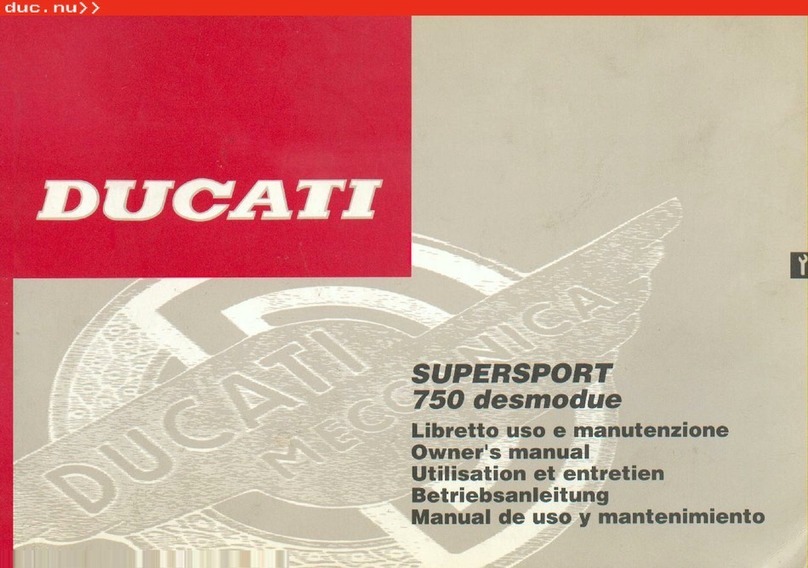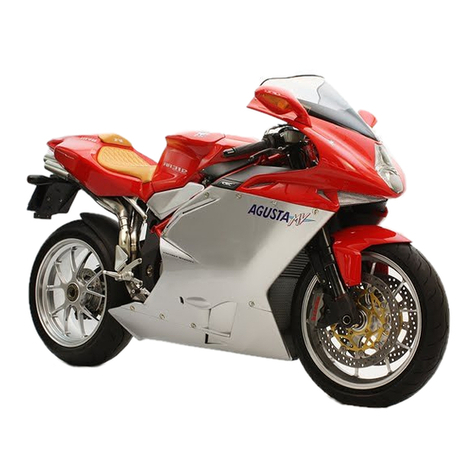4
1. Make yourself visible. A motorcycle is smaller than a passenger car, with a much smaller outline from behind.
Motorists tend to expect to see larger vehicles, and they are not looking for motorcycles. In self-defense,
motorcycle riders should wear bright colors and reflective material on helmets and clothing. They should use
turn signals, flash their brake lights before slowing down, and avoid riding in a car’s “blind spot.”
Your headlight should be on at all times, day or night, while riding.
2. Do not consume alcohol before you ride. Any amount of alcohol can slow your reflexes and dull your abilities.
It requires more skill and coordination to operate a motorcycle than a car. According to the NHTSA,
approximately half of all single-vehicle motorcycle crashes involve alcohol. Do not risk it!
3. Wear protective gear and clothing. Motorcycle riders must rely on their helmets, clothing, and eye protection
to make the ride more comfortable and reduce the risk of injury. Thick, protective gloves, shoes, and clothing
can protect you from the elements and might be the only thing between you and the pavement in a motorcycle
crash. Never ride without a certified helmet and eye protection. Look for the U.S. Department of Transportation
label.
4. Get the training you need. Read this owner’s manual cover to cover to get familiar with your PAGSTA. Take a
motorcycle rider training course. Proper training can provide the knowledge and skills you need to operate your
motorcycle safely and proficiently.
5. Perform a pre-ride safety check. Before each ride inspect your PAGSTA by checking the air pressure in your
tires, engine oil level, fuel level and the all lights, blinkers and horn functions properly.
6. Become familiar with and follow ALL laws regarding motorcycle riding. Motorcycle traffic laws are
different from automobiles.
7. SPEED KILLS - SLOW DOWN! OBEY ALL MOTORCYCLE TRAFFIC LAWS!
A motorcycle collision is highly likely to cause injury or death and this risk increases with speed.
MOTORCYCLE SAFETY

